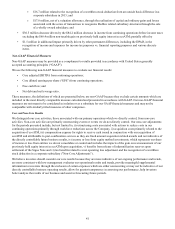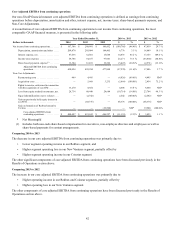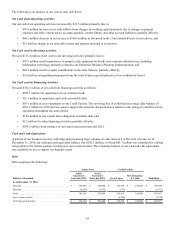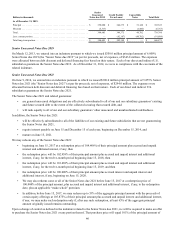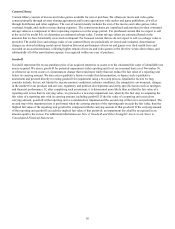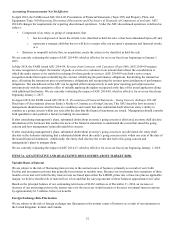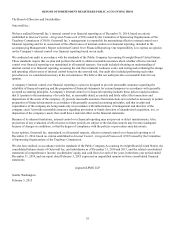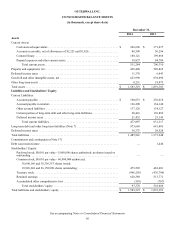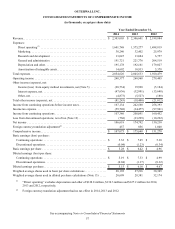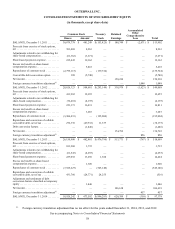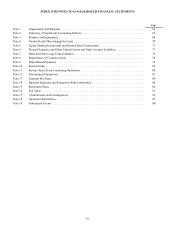Redbox 2014 Annual Report Download - page 59
Download and view the complete annual report
Please find page 59 of the 2014 Redbox annual report below. You can navigate through the pages in the report by either clicking on the pages listed below, or by using the keyword search tool below to find specific information within the annual report.51
Lives and Recoverability of Equipment and Other Long-Lived Assets
We evaluate the estimated remaining life and recoverability of equipment and other assets, including intangible assets subject to
amortization, whenever events or changes in circumstances indicate that the carrying amount of the asset may not be
recoverable. Factors that would indicate potential impairment include, but are not limited to, significant decreases in the market
value of the long-lived asset(s), a significant change in the long-lived asset’s use or physical condition, and operating or cash
flow losses associated with the use of the long-lived asset. When there is an indication of impairment, we prepare an estimate of
future undiscounted cash flows expected to result from the use of the asset and its eventual disposition to test recoverability. If
the sum of the future undiscounted cash flow is less than the carrying value of the asset, it indicates that the long-lived asset is
not recoverable, in which case we will then compare the estimated fair value to its carrying value. If the estimated fair value is
less than the carrying value of the asset, we recognize the impairment loss and adjust the carrying amount of the asset to its
estimated fair value.
During the fourth quarter of 2013, we discontinued three new venture concepts, Rubi, Crisp Market and Star Studio. During the
second quarter of 2013 we discontinued our Orango concept. As a result of the decision to discontinue the four concepts, for
each concept we estimated the fair value of assets held utilizing a cash flow approach. For each of the concepts and for certain
shared service assets used for the new ventures, as of December 31, 2013, we estimated the fair value of the assets was zero and
recorded impairment charges for each concept. See Note 12: Discontinued Operations in our Notes to Consolidated Financial
Statements.
Income Taxes
Deferred income taxes are provided for the temporary differences between the financial reporting basis and the tax basis of our
assets and liabilities and operating loss and tax credit carryforwards. We record a valuation allowance to reduce deferred tax
assets to the amount expected to more likely than not be realized in our future tax returns. Deferred tax assets and liabilities and
operating loss and tax credit carryforwards are measured using enacted tax rates expected to apply to taxable income in the
years in which those temporary differences and operating loss and tax credit carryforwards are expected to be recovered or
settled.
We assess our income tax positions and record tax benefits for all years subject to examination based upon management’s
evaluation of the facts, circumstances and information available at the reporting date. For those tax positions where it is more
likely than not that a tax benefit will be sustained, we have recorded the largest amount of tax benefit with a greater than 50%
likelihood of being realized upon ultimate or effective settlement with a taxing authority that has full knowledge of all relevant
information. In the event of a tax position where it would not be more likely than not that a tax benefit would be sustained, no
tax benefit would be recognized in the financial statements. When applicable, associated interest and penalties have been
recognized as a component of income tax expense. See Note 11: Income Taxes From Continuing Operations in our Notes to
Consolidated Financial Statements.
Loss Contingencies
We accrue estimated liabilities for loss contingencies arising from claims, assessments, litigation and other sources when it is
probable that a liability has been incurred and the amount of the claim assessment or damages can be reasonably estimated. We
believe that we have sufficient accruals to cover any obligations resulting from claims, assessments or litigation that have met
these criteria.


